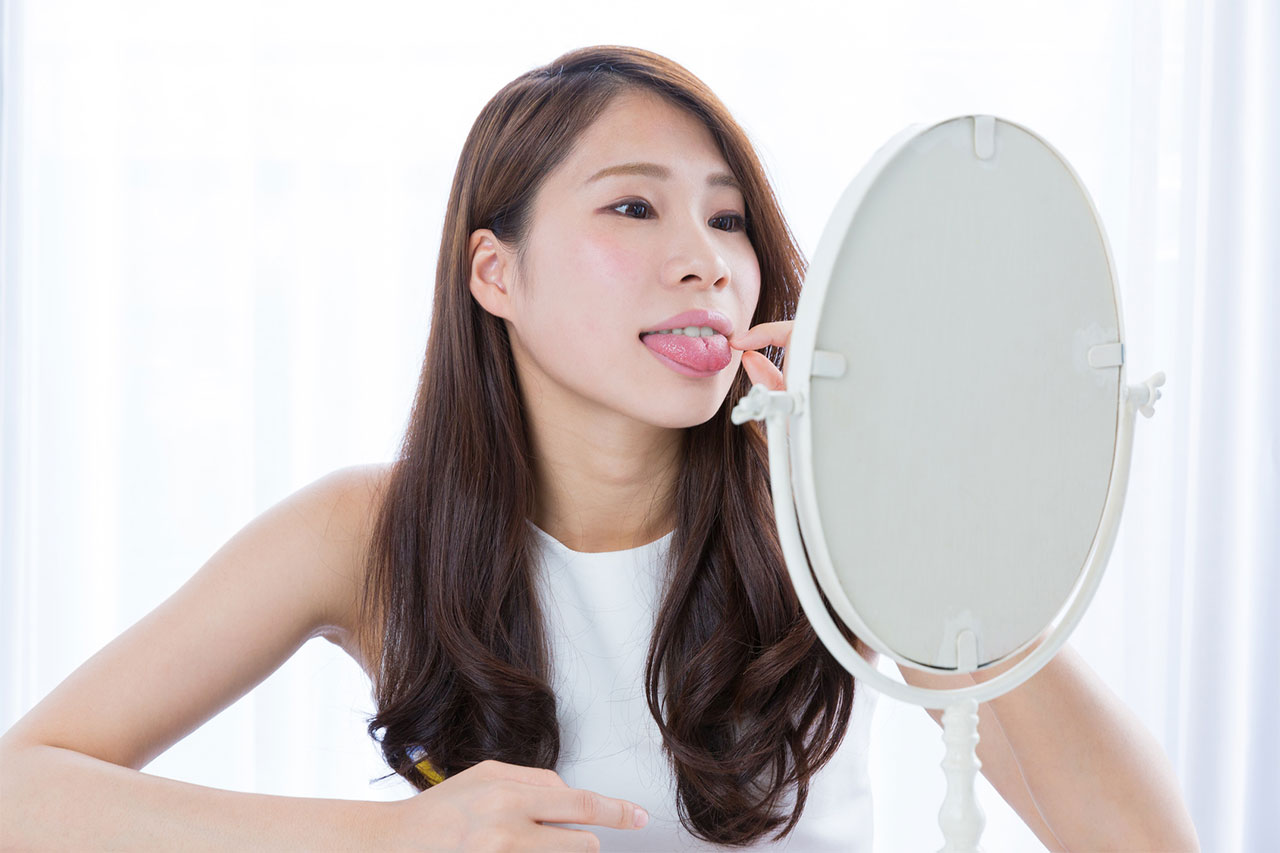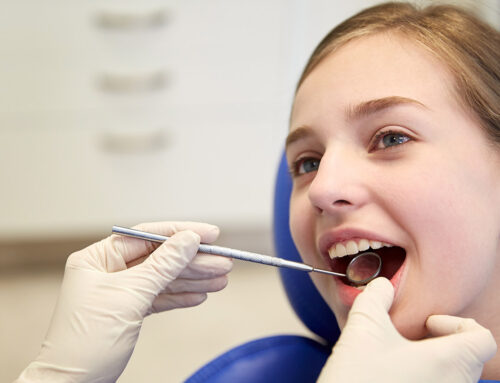Face yoga has been in the news lately after Meghan Markle, the new Duchess of Sussex stated that she does facial exercises to help her “sculpt her face from the inside out.”
Over the years, I’ve taken a close look at face yoga (also known as facial yoga), and I’m definitely a supporter of the concept. Just like working out can improve the way your body looks, feels, and functions, exercises for the face can make a difference to your facial appearance by improving muscle tone.
However, as a myofunctional therapist, I think it’s important to raise a few points.
Underlying Oral Myofunctional Issues Matter
I work with patients who have oral myofunctional disorders and symptoms including headaches, and pain and tension in the face, jaw, and neck. I know only too well how easy it is to exacerbate these symptoms by doing exercises that aren’t well suited to a particular patient presentation.
For example, patients with a tongue-tie will often experience increased pain and tension if they start doing oral myofunctional exercises (or face yoga) without first addressing the tongue-tie.
 Patients with jaw pain or TMJ dysfunctions can also aggravate their symptoms if they do the wrong kind of exercises. I’ve seen some face yoga exercises that involve repeatedly jutting the jaw forwards or opening the mouth as wide as it can go – this kind of movement can affect the jaw joint, pushing it into a range of motion that it just can’t tolerate.
Patients with jaw pain or TMJ dysfunctions can also aggravate their symptoms if they do the wrong kind of exercises. I’ve seen some face yoga exercises that involve repeatedly jutting the jaw forwards or opening the mouth as wide as it can go – this kind of movement can affect the jaw joint, pushing it into a range of motion that it just can’t tolerate.
So I’d suggest taking a cautious approach to face yoga, especially if you already have any symptoms of pain or tension. Many of the face yoga exercises are innocuous enough and shouldn’t cause any problems at all, but if you feel any discomfort, pain, or increased tension, please stop the exercises that make you feel that way.
If face yoga exercises do cause any discomfort, I’d urge you to get assessed by a myofunctional therapist to rule out any potential structural problems.
Appearance And Myofunctional Therapy
Underlying oral myofunctional disorders can play a huge role in our facial development, literally changing the way our faces grow.
As I said in this article, “If you are a child who mouth breathes, and you grow into an adult with your mouth open and your tongue resting in the bottom of your mouth, your face will grow differently than if you are a child who grows into an adult with your mouth closed and your tongue in the right place.”
This changed growth has effects far beyond the way we look. People who grow up with an open mouth are more likely to have sleep apnea and other sleep disordered breathing conditions like Upper Airway Resistance Syndrome or snoring.
They’re also more likely to have chronic jaw pain and headaches, and the chances for dental issues, postural problems, and other health conditions are also higher.
But when we get back to considering facial beauty and appearance, oral myofunctional disorders can certainly have an impact. A narrow palate and downward facial growth caused by a lifelong mouth breathing habit will have an enormous effect on the overall shape of the face, and can even cause wrinkles and lines.
It’s best to address this kind of issue in childhood but it’s never too late to do myofunctional therapy.
Adults won’t necessarily get the kind of changes that children can get. After all, children’s faces are still developing and are quite malleable. But even as adults, our bodies aren’t fixed in place. Our bones and overall structures are constantly remodeling. This is why my adult patients see a difference in their appearance, and this often happens quite quickly with the right exercises, applied as part of a structured program.
In closing, if you want to follow in Meghan Markle’s face yoga footsteps, I’d say feel free to go for it. Just listen to your body, or your face in this case, and don’t push yourself too far or too hard with the exercises.

